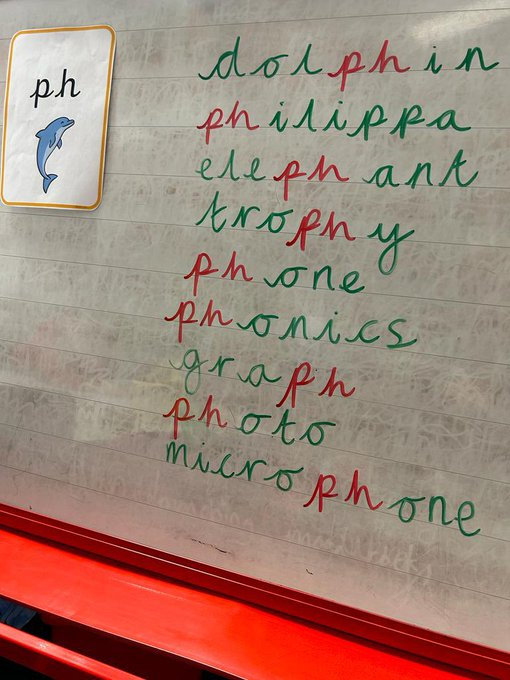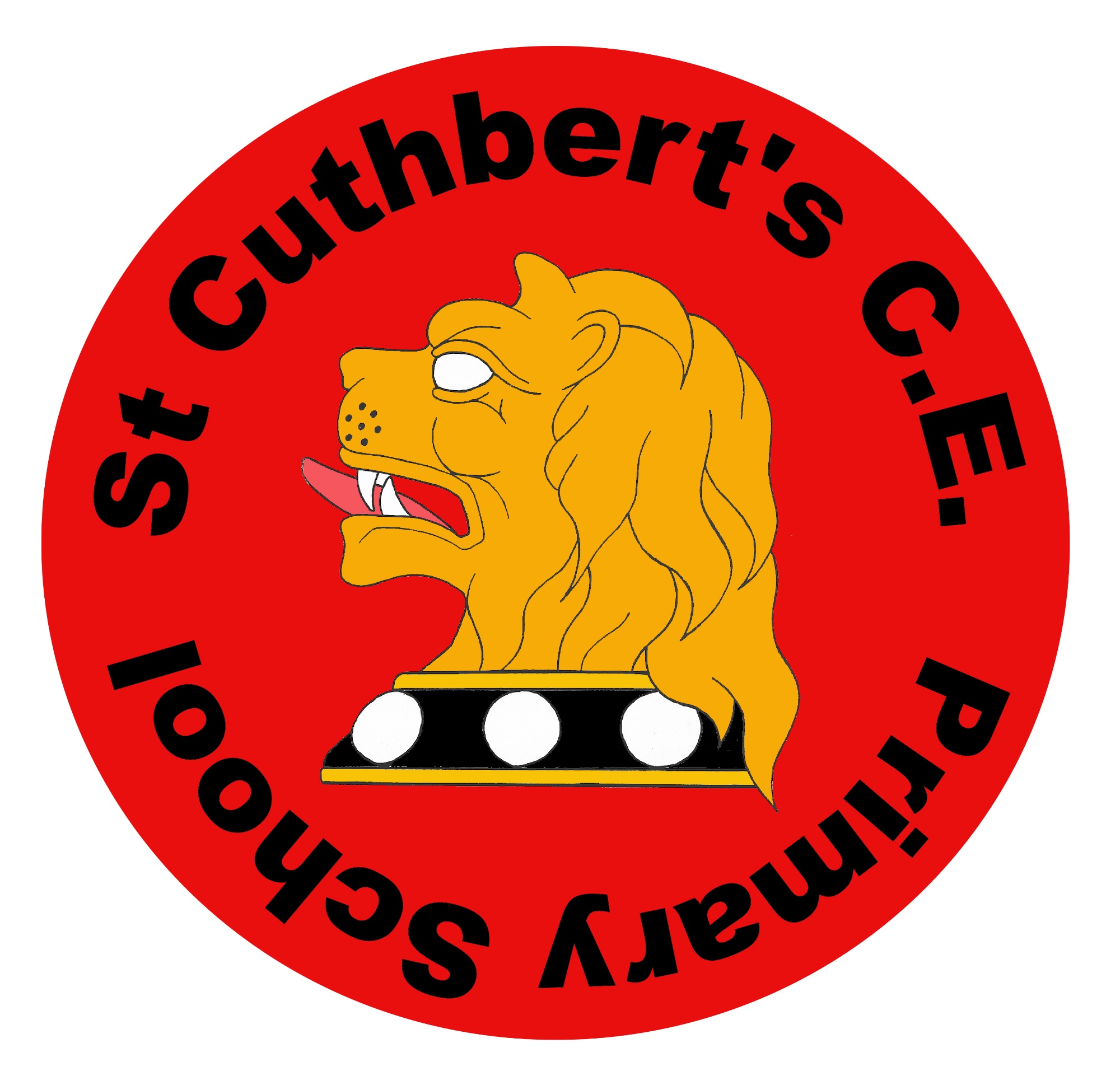Phonics
Our school has full commitment to the early, systematic and focused teaching of phonics to all children. At St Cuthbert’s Primary School, we strive to ensure that all children become successful, fluent readers by the end of Key Stage One; we believe that this is achievable through a combination of strong, high quality phonics teaching combined with a whole language approach which promotes a 'Reading for Pleasure' culture.
Intent
- We are determined that every child will learn to read, regardless of their background, needs or abilities.
- Our phonics programme matches the expectations of the English national curriculum and early learning goals.
- We have clear expectations of pupils' phonics progress term by term, from Reception to Year 2, and our phonics programme aligns with these expectations.
- Our sequence of reading books shows a cumulative progression in phonics knowledge that is matched closely to our phonics programme.
- We are determined that every child will learn to read, regardless of their background, needs or abilities.
- Our phonics programme matches the expectations of the English national curriculum and early learning goals.
Implementation
- We have developed sufficient expertise in the teaching of phonics and reading that ensures consistency from one year to the next.
- The assessment of pupils' phonics progress is part of daily sessions and quickly identify any pupil who is falling behind the programme's pace, so that targeted support can be given immediately.
- Reading, including the teaching of systematic, synthetic phonics, is taught from the beginning of Reception.
- Teachers and teaching assistants have a clear understanding of how pupils learn to read.
- Teachers and teaching assistants give pupils sufficient practice in reading and re-reading books that match the grapheme-phoneme correspondences they know, both at school and at home.
- Staff read aloud stories, poems, rhymes and non-fiction that develop pupils' vocabulary, language, comprehension and love of reading.
Impact
- All pupils, including the weakest readers, make sufficient progress to meet or exceed age-related expectations.
- Pupils are familiar with and enjoy listening to a wide range of stories, poems, rhymes and non-fiction.
- We teach Phonics sequentially using the Twinkl Phonics scheme.
Delivery of Phonics Sessions for Reception to Year 2
We teach Phonics using the Twinkl programme;
For Reception up to Year 2, Phonics is taught in a daily discrete session of 25 minutes.
Each lesson is split into 5 parts:

Assessment
Children in Reception up to Year 2 are assessed daily as part of the session. Assessments are completed formally each half-term.
Phonics Interventions
- Children who are falling behind or have gaps have extra intervention sessions. These take place at least twice a week (see intervention timetable). The aim of intervention sessions is to accelerate these children’s progress and therefore to enable them to keep pace with their peers.
- Children who do not meet the standard in the Year 1 Phonic Screening Check are a continuing focus in intervention sessions as well as being a focus of teachers and teaching assistants in the classroom.
Embedding Phonics
- We aim to embed phonics in all lessons. Children are encouraged to have a go at using their sounds when spelling and reading.
- Sounds, High frequency words and tricky words are displayed around classrooms to develop independence when spelling. When modelling reading or writing, teachers model the use of phonics to aid decoding and spelling. Children have access to phoneme mats to support the writing process.

Reading Books
Children have their reading books changed twice weekly. Parents of children in Reception are given advice on phonics and reading, on the class You Tube Channel, as well as through a detailed hand out, about the most effective ways to read with their child. Children read frequently with teachers, teaching assistants and parent reading volunteers throughout the school. We have a range of texts in EYFS/KS1 which are phonically decodable and which link to the stage of Phonics which the child is on. Children who are just beginning to learn letter/ sound correspondences use books which do not have words to begin with and are therefore still learning to tell stories. Once children are secure with Phase 6, they then work through the reading scheme before becoming a free reader.
